Sharing the Ways of the Beat- Pat Gerasia Interview By: Liam Sweeny
Written by Staff on October 9, 2021
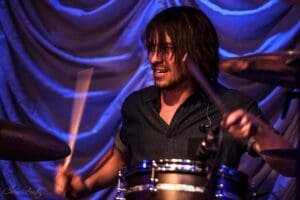 Drums are very guttural to the human experience. You could say that it is something that was one of the first elements of music, even from hunter-gatherer days. Throughout history, warring armies were at a disadvantage if they didn’t have a drummer. But even more than that, life itself has a beat; the heart itself.
Drums are very guttural to the human experience. You could say that it is something that was one of the first elements of music, even from hunter-gatherer days. Throughout history, warring armies were at a disadvantage if they didn’t have a drummer. But even more than that, life itself has a beat; the heart itself.
Pat Gerasia is a drummer, and a good one. He’s played with some big names, and now has a teaching business in Saratoga Springs. Let’s welcome him.
RRX: You’re the drummer for new alt rock band The Violent, and before that, the rock band Red Sun Rising, which The Violent came from. I ask this first, because people hear drums usually in relation to other music, not counting drum solos. What kind of a sound were you all going for in Red Sun Rising, and from that to The Violent?
PG: The drumming approach in Red Sun Rising was more organic and involved all five of us getting in a room, hashing out parts and seeing what came out naturally. The process with the Violent has been vastly different. With only three band members, there is less to hide behind so every musical choice is that much more exposed. My drum parts are more focused on creating excitement and energy in the track. There are more frantic kick/snare patterns and crunchier, grittier drum tones. I think the drum parts in The Violent songs are way more aggressive and showcase more personality. The drums sound angry! Maybe they are…
RRX: We’ve interviewed a few drummers, including Gary Burke and recently, Mahavishnu Orchestra’s Billy Cobham. What I’ve come away with is that the success of a drummer is in their ability to hang back. A solo here and there aside, the drummer can’t hot dog it like a guitarist. So how do you hang back when you feel the need to bust out?
PG: Having restraint is one of the most important lessons to learn as a drummer. When I first started playing out, I had a massive drum kit and wanted to show off my chops at every opportunity. Once I learned to play for the song, I started to hear and feel the magic in my drum performance and that’s when the sound came alive. Suddenly I was making art instead of just making noise. And that’s when my phone started to ring for real opportunities.
RRX: You’ve toured all over the world, including Europe, Japan, and Russia. When people hear about world touring, they think about crowds of thousands and massive stages, and I’ll bet that in some cases, that’s true. But are there smaller venues? In particular, small venues around the world that have cultural significance, like CBGB’s does here?
PG: Some of my all-time favorite shows were in tiny venues! The energy is so different in a packed club compared to an arena or amphitheater. You can look people in the eye and feel their excitement more. There are definitely small venues that have some cultural significance, but I think my favorite clubs are the places that not everyone knows about. A couple small venues that come to mind are The Machine Shop in Flint, MI and The Chameleon Club in Lancaster, PA. There is a vibe in those rooms that is so special.
RRX: You give lessons, both online and in your studio in Saratoga Springs. You’ve learned from teachers like Elitch, who played for Mars Volta and Miley Cyrus, and Jeff Friedl, who played for A Perfect Circle and Eagles of Death Metal. How did they approach teaching? Did they teach based on their band-work, or was it more basic?
PG: Dave Elitch is a technique and body mechanics guru. He really taught me how to be more fluid and effective behind the kit and my playing comes off more effortless as a result. When I was studying with Jeff, we did more talking than playing a lot of the time! He really helped me fine tune my mindset and I always left feeling inspired and ready to tackle whatever challenges were in the way of my career goals. So while I’m sure they often end up teaching their students drum parts from their respective catalogues, I had a much different and more rewarding experience.
RRX: One of the things that I think would be difficult, as an instructor of music period, is to teach rhythm to somebody who doesn’t have it. I can learn melody, and I can learn the mathematics of an arpeggio, but if my fingers jump and jerk, that’s harder to teach. How do you teach someone who has zero natural rhythm?
PG: I’ve always focused more on the mental side of drumming. I use the phrase “if you can say it, you can play it” all the time during lessons. When someone doesn’t seem as rhythmically gifted, I find that it’s really helpful to step away from the drum kit and work on counting and understanding how rhythms and subdivisions work. I’ve yet to have a student that’s a “lost cause.” Drumming comes more naturally to some, but I’m confident that once I get to work fine tuning your drumming brain, you’ll see growth. It really depends on how hard you are willing to work.
RRX: I have a guitar. And it’s a Mexican strat with battle scars everywhere, cigarette burn marks in the headstock. I haven’t changed the strings in years, but I can get on it and play my damn heart out. And it doesn’t sound that bad. Point here is that you can make any guitar sound good with enough moxie. Is it different with drums?
PG: I don’t think it’s different at all. I used to focus on having top-tier gear but as I’ve spent more time in the studio, I’ve learned that the vibe of the instrument is more important than how impressive it sounds. There are times where I’ve intentionally used cracked cymbals or cheap, detuned drums. The character of the instrument is way more important than how expensive it is. You just have to get creative and choose a sound that works with the music you’re playing!
RRX: This is where you answer the question I didn’t ask. Your thoughts on ‘bah-dum-tss?’ Best kind of sticks for a power session? Educate, enlighten, emote – the floor is yours.
PG: The “bah-dum-tss” must be saved for the perfect moment (never more than once a day). As for sticks, I’ve been using Vic Firth 5B’s for over a decade and they make the cut for almost any style of music. On a final note, I’d like to thank everyone who has jumped on board with our new project, The Violent. Your energy has kept us inspired to keep building during an uncertain time for musicians. We only have four songs out at the moment but the floodgates are opening soon. Thanks! – Pat
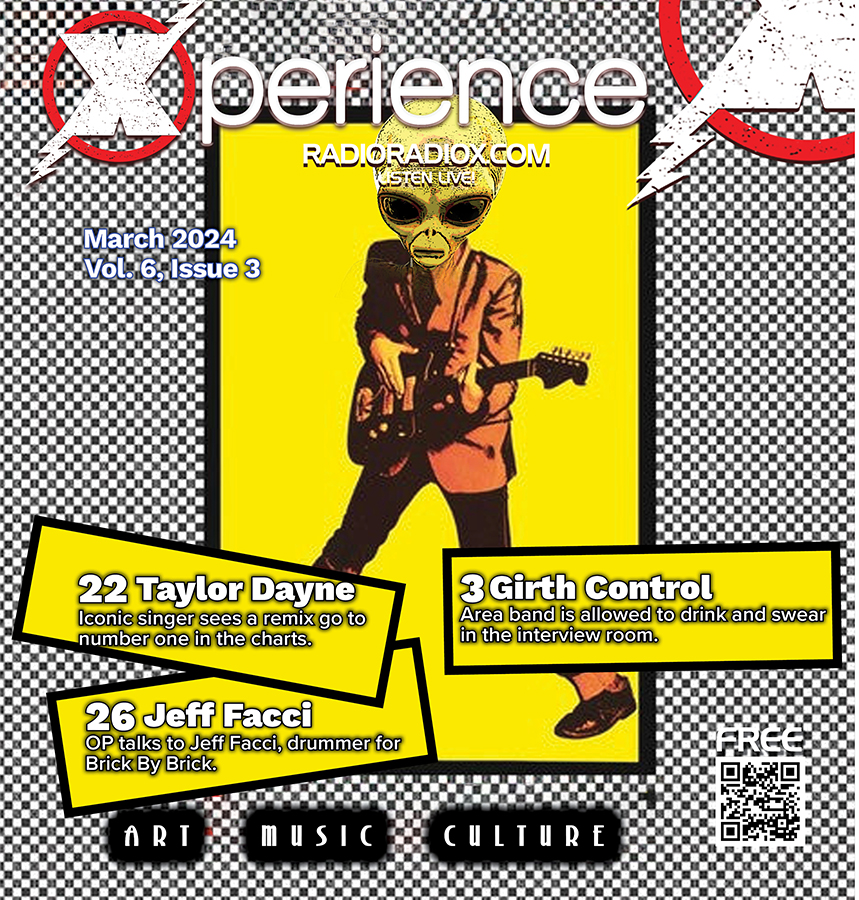
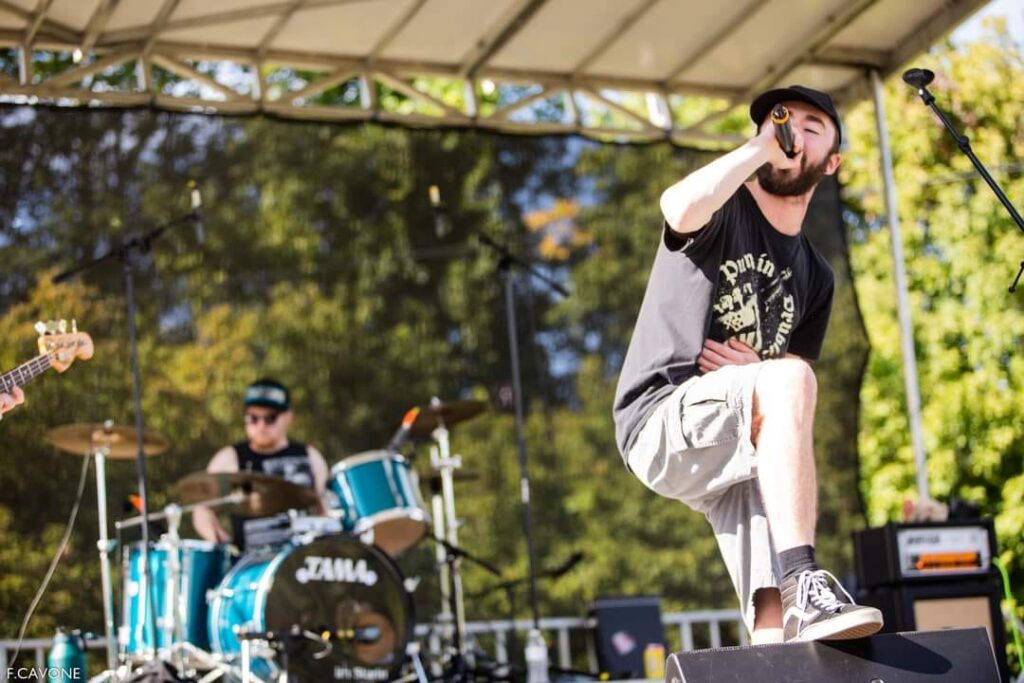
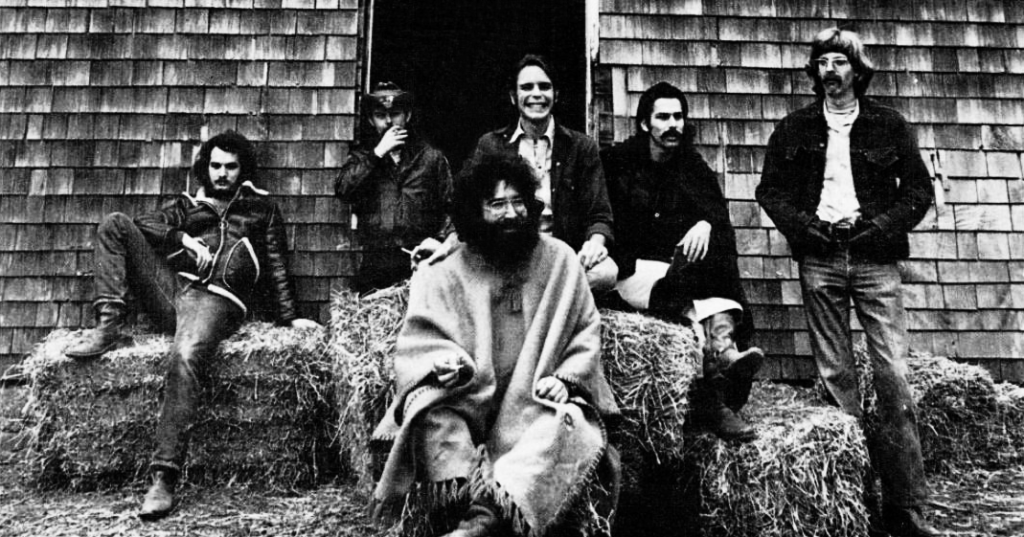
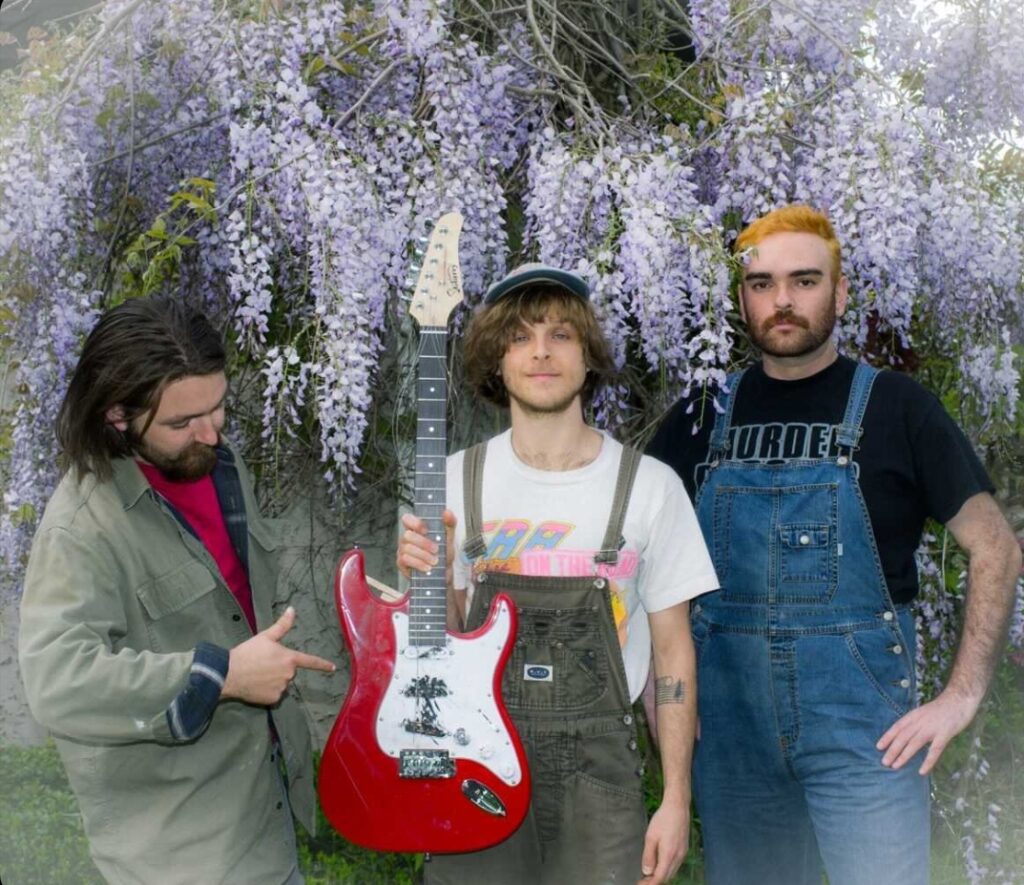
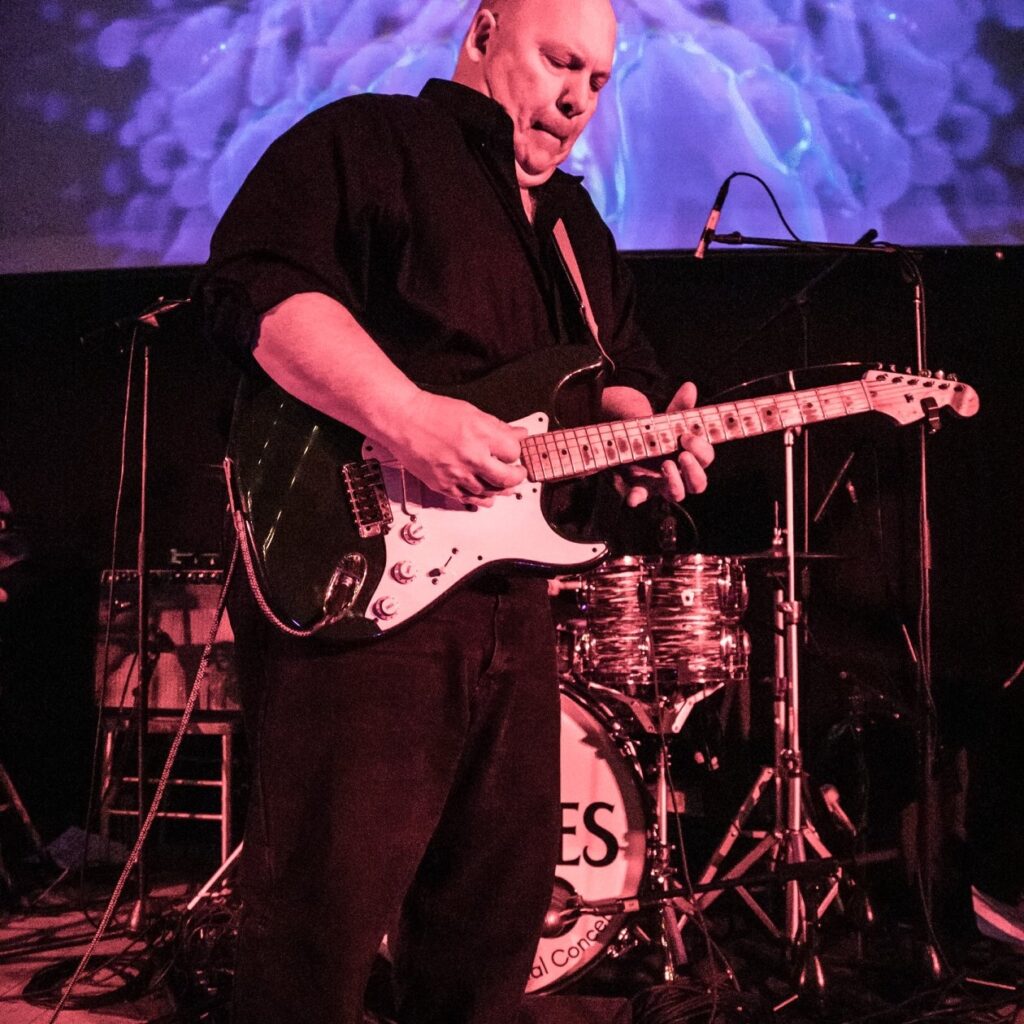
 RadioRadioX
RadioRadioX